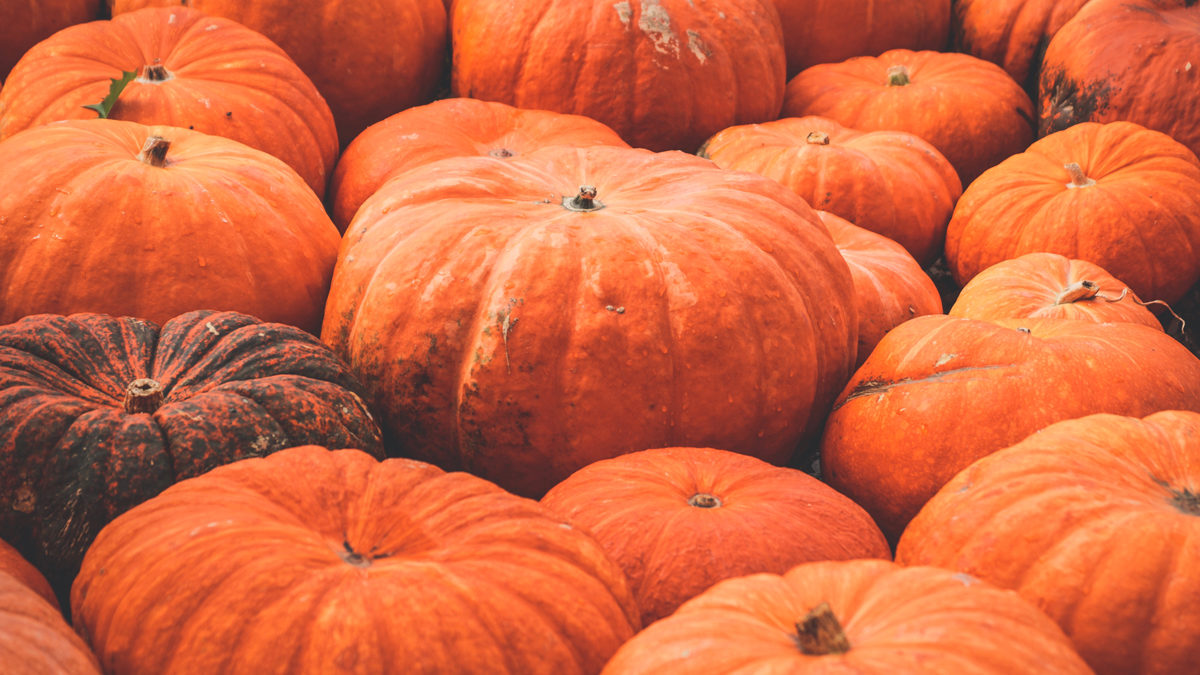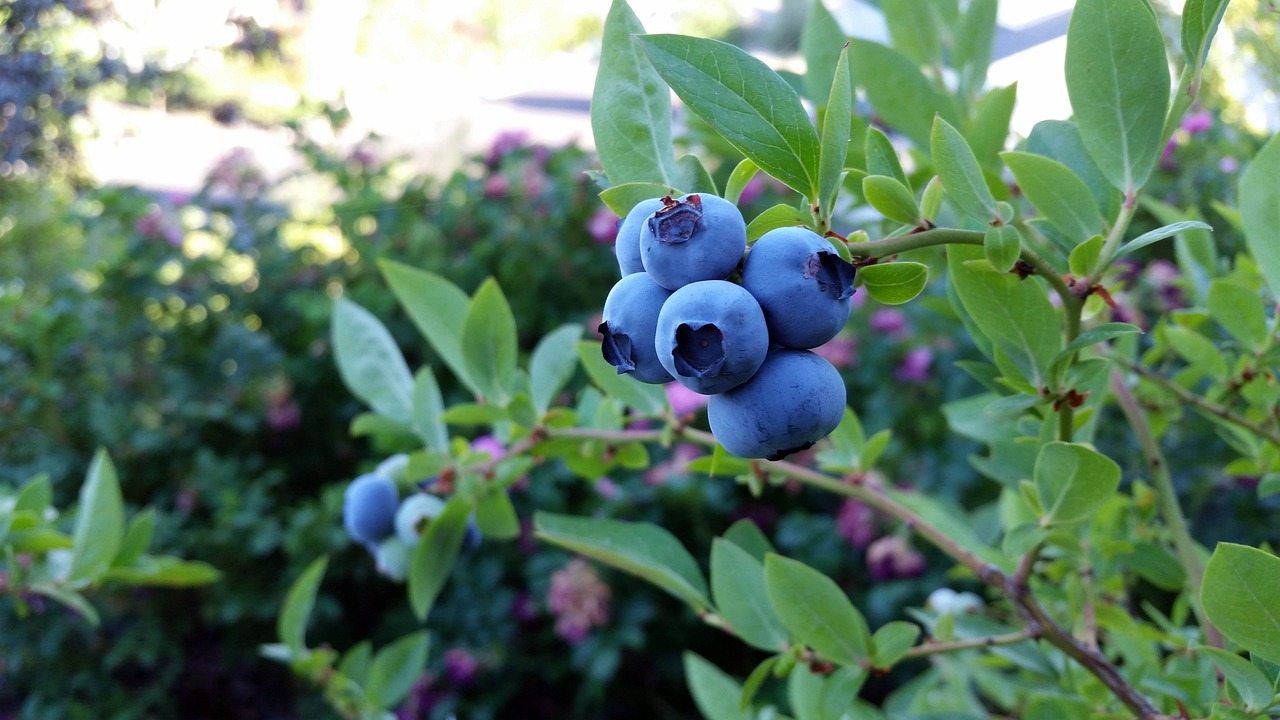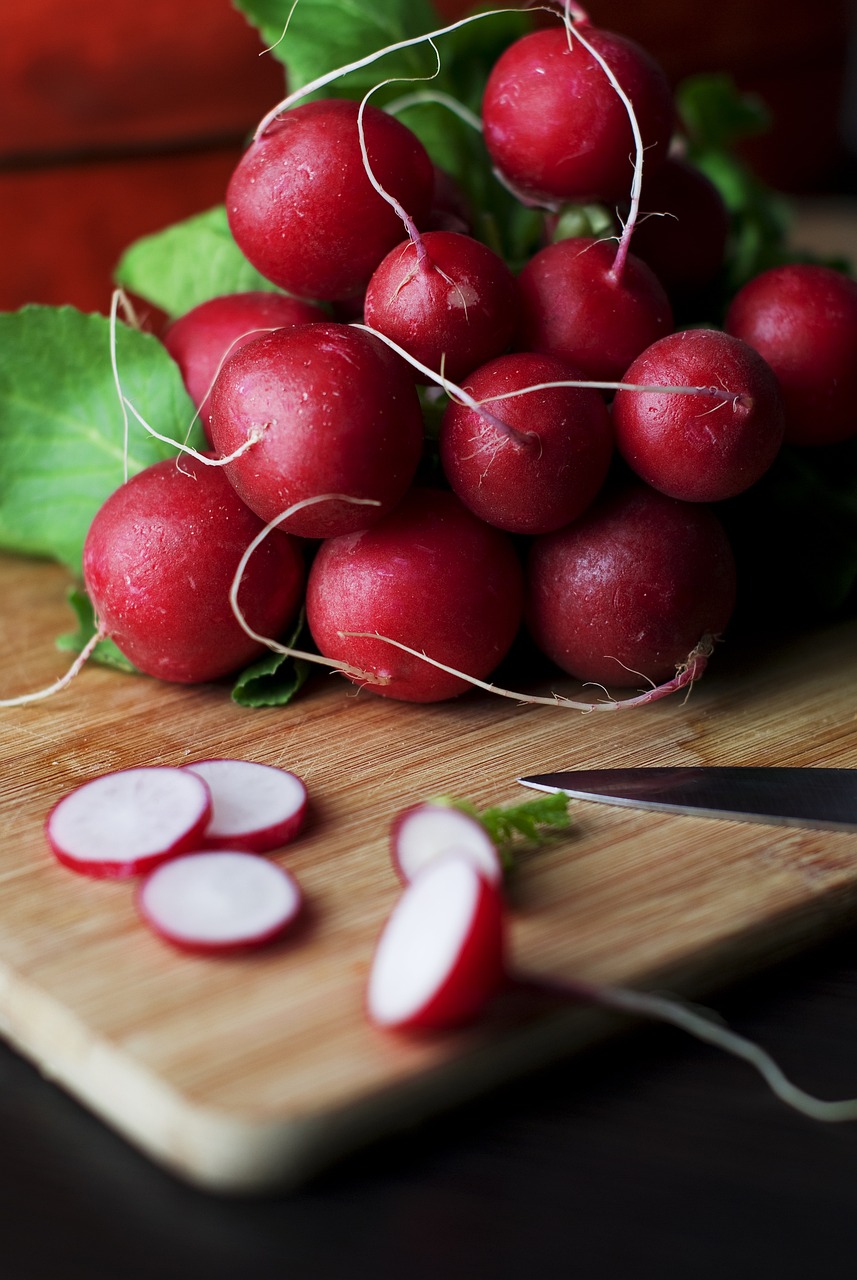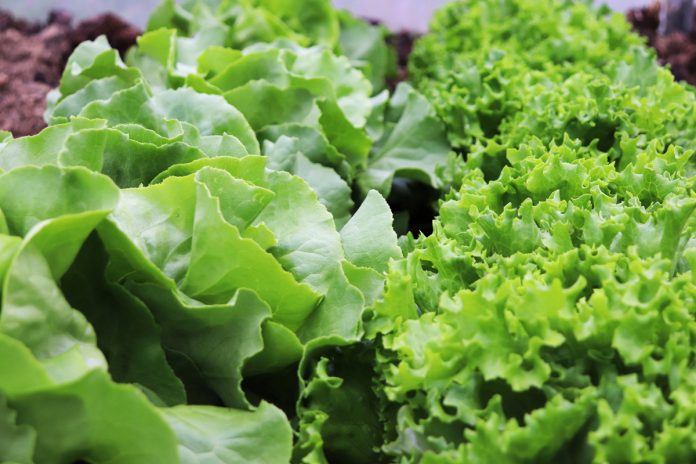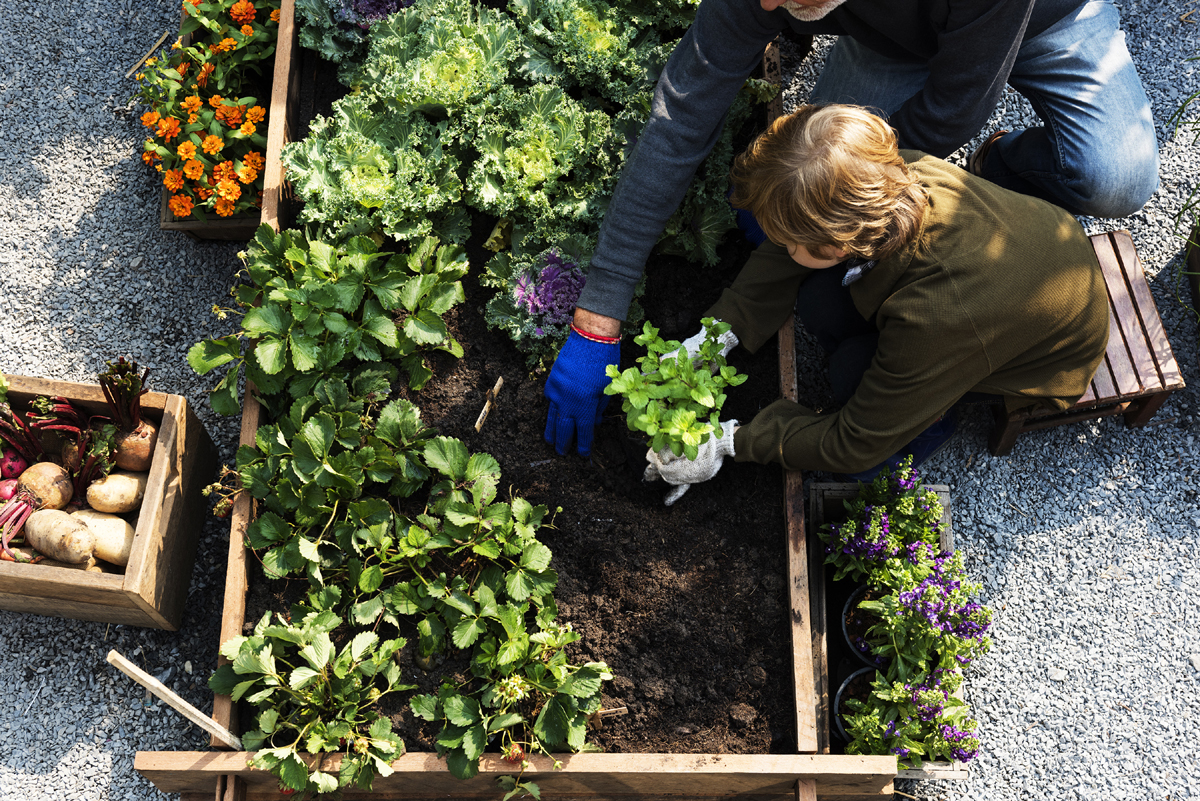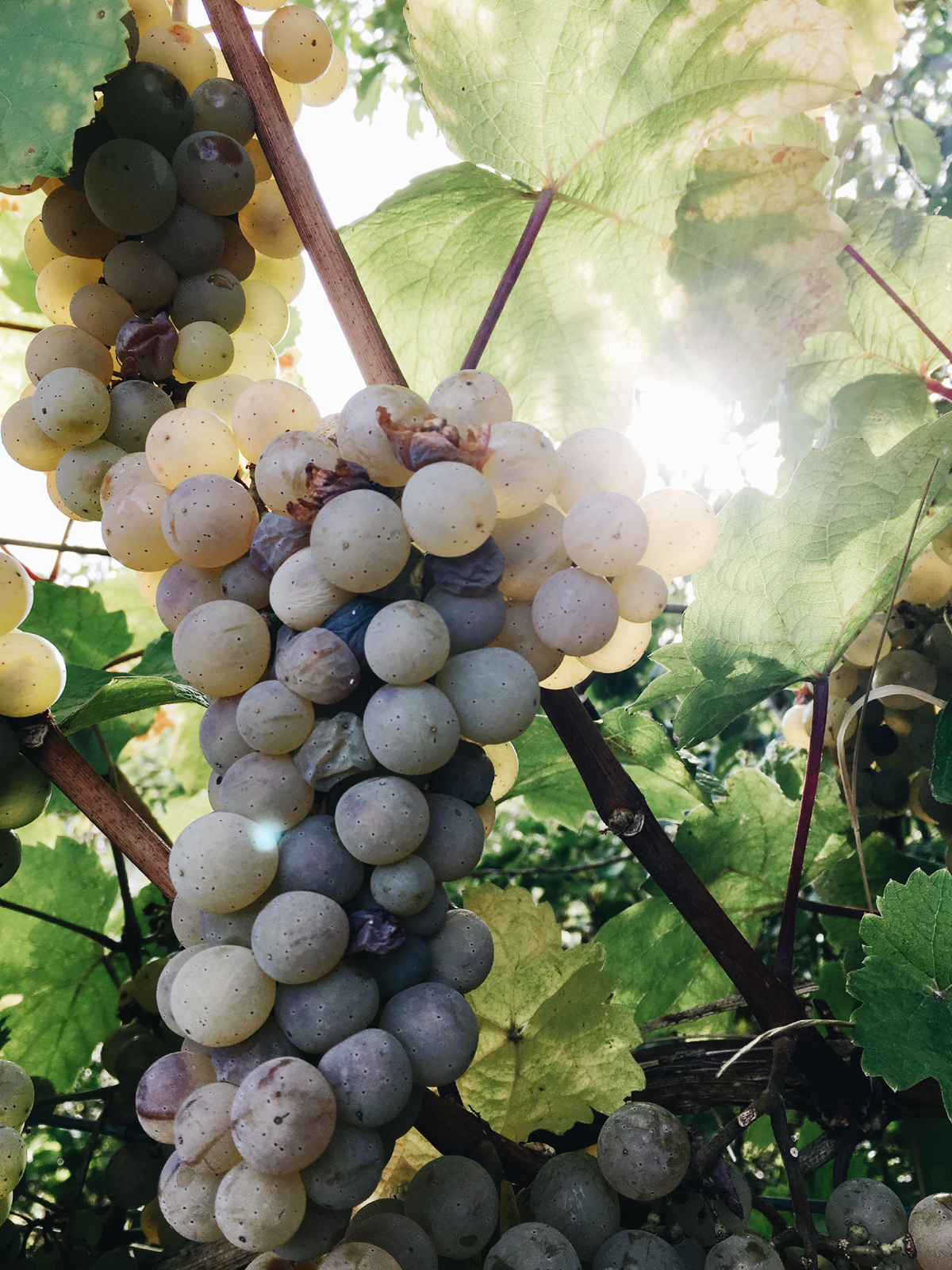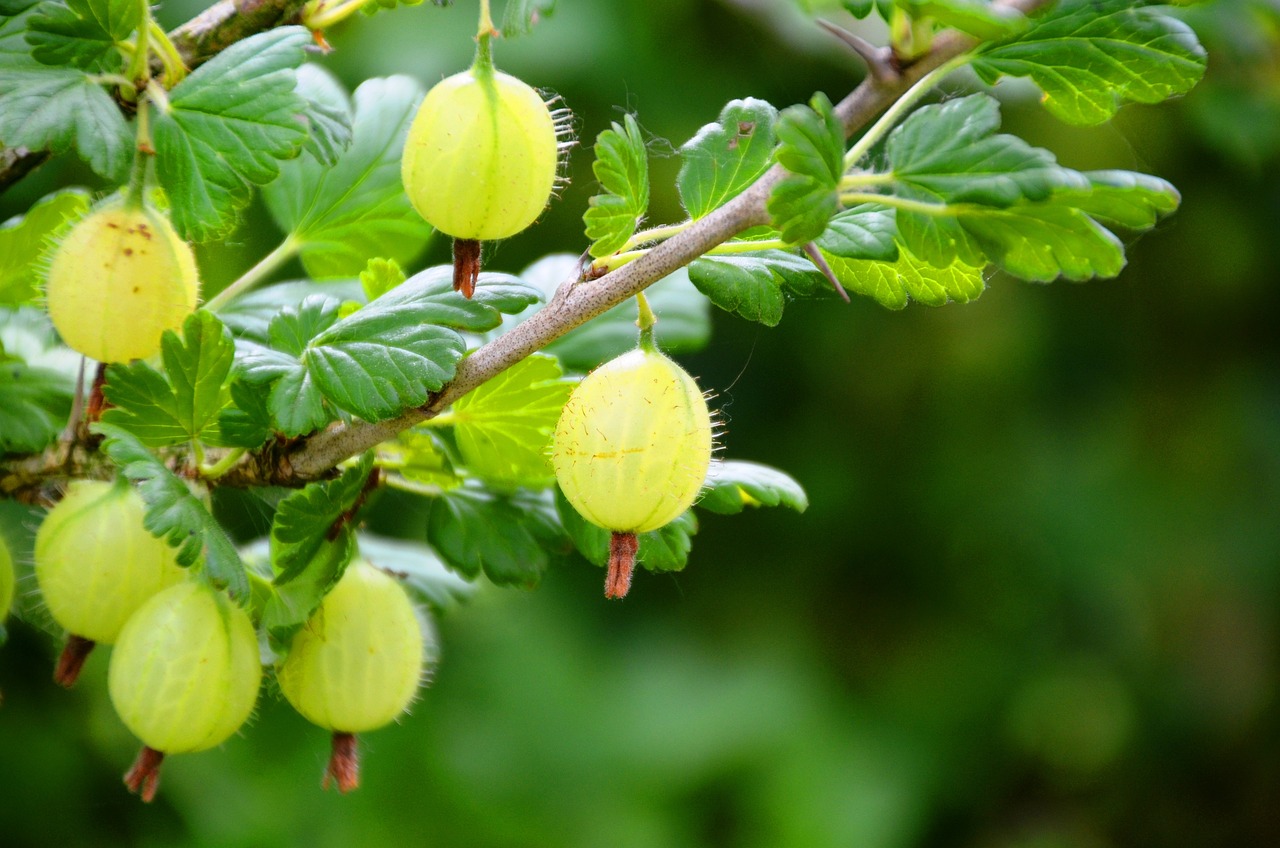Quick Tips for Harvesting and Storing Carrots
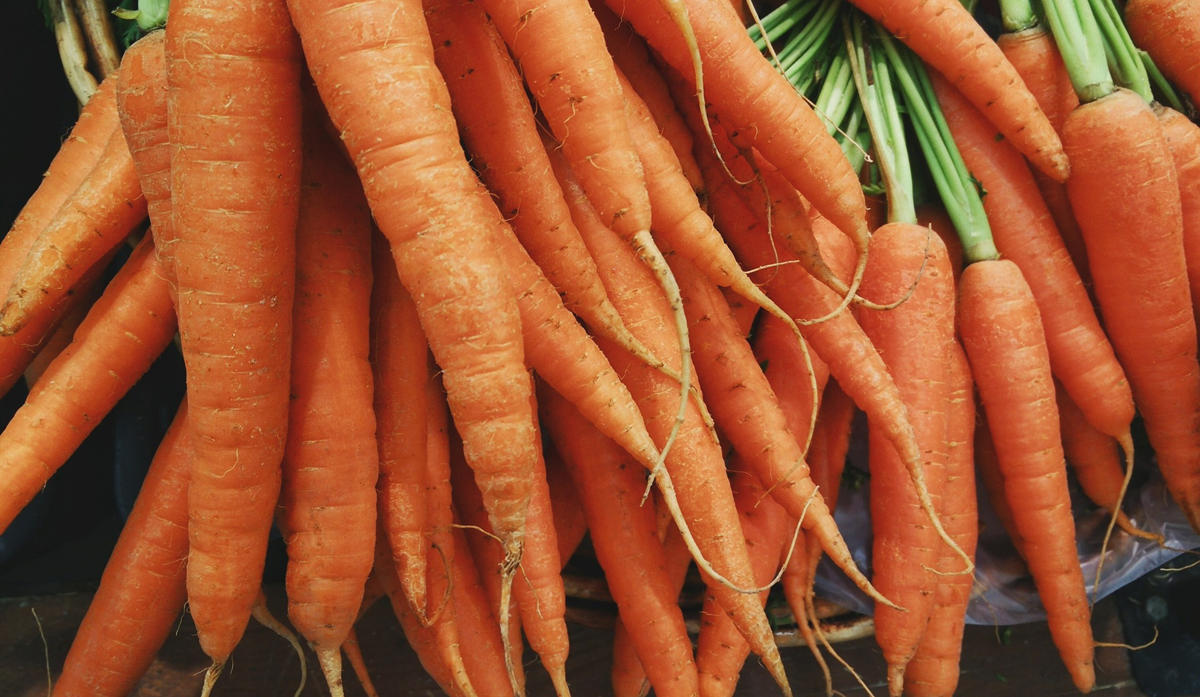
Carrot is a good source of Vitamin A and some can grow to as long as 5.14 meters—that is 16 feet. First grown as medicine in the olden times, carrot was actually the first kind of vegetable that was canned for commercial purpose. As an integral part of a healthy diet, one must know the best time to harvest and store carrots to ensure that the produce is fresh and healthy.
Why Plant Carrots
If you have your own back yard, you better use it for your own benefit. As consumers, we do not always know if the produce we buy is grown organically. A lot of framers use chemical pesticides and insecticides to ensure that they reduce the possibility of plant infestation. This is why we see good-looking carrots in the market. However, people do not know that these chemicals have harmful effects on the body. Planting your own carrots will do you good because you are sure how it is handled, what type of fertilizers are used, and if pesticides are used to eradicate pests.
Harvesting Carrots
The wonderful thing about carrot is that it may be harvested at anytime for as long as it has matured. As a general rule, you need to harvest carrot when it is already about half an inch in diameter. Commonly, you can expect harvest around 80 days after you have planted your carrot. This is only about three months. You need to harvest the carrots at that time because if you let them mature, they will be less tasty and the core or the middle part will get tougher.
Another tip is to avoid harvesting in hot weather, if you do this, the carrots have more likelihood of decaying. You also need to keep in mind that after harvesting, you need to remove the leaves form the carrots. The leaves will suck moisture out of your carrots if left attached.
Storing Carrots
There is a big issue between washing and not washing carrots after harvest and before storage. The general advice based on common sense is to wash the carrots because it will be a lot more difficult to clean the carrots afterwards if left unwashed for a prolonged period of time. Another general rule is to wash the carrots with a solution of 100 ppm of chlorine. This will remove decay and bacteria that may later thrive in the freshly harvested carrots.
Do not mix rotting or decaying carrots with fresh ones, just like tomatoes, the bacteria will transfer to the other carrots and will infect the fresh ones. Damaged carrots should used or consumed right away. Before storage, trim the carrot tips to prevent wilting. You also need to cool the carrots immediately after harvest to prevent rotting and wilting.
Do not store carrots with fruits because the carrot will develop a bitter flavor. To maximize storage capacity, you need to store the produce in a temperature of 32 degrees Fahrenheit.
Storing Carrots Indoors
Studies have shown that carrots can least several months in a refrigerator if stored right. To do this, you need to line the vegetable drawer with a non-toxic insulation material. Lay a row of carrots on top of the lining and cover this carrot row with another layer of the insulated material. Then, line it with another row of carrots until you are done. The top layer should also be covered with the same material. Make sure that the refrigerator temperature will not reach as freezing point. To ensure this, you need to set the temperature between 32-40 degrees Fahrenheit. Anything higher than 42 degrees will cause the carrots to decay because it is too hot.
The Author:
Ray Darken has provided more at this link on the subject of Carrots. http://the-mediterranean-diet.com

